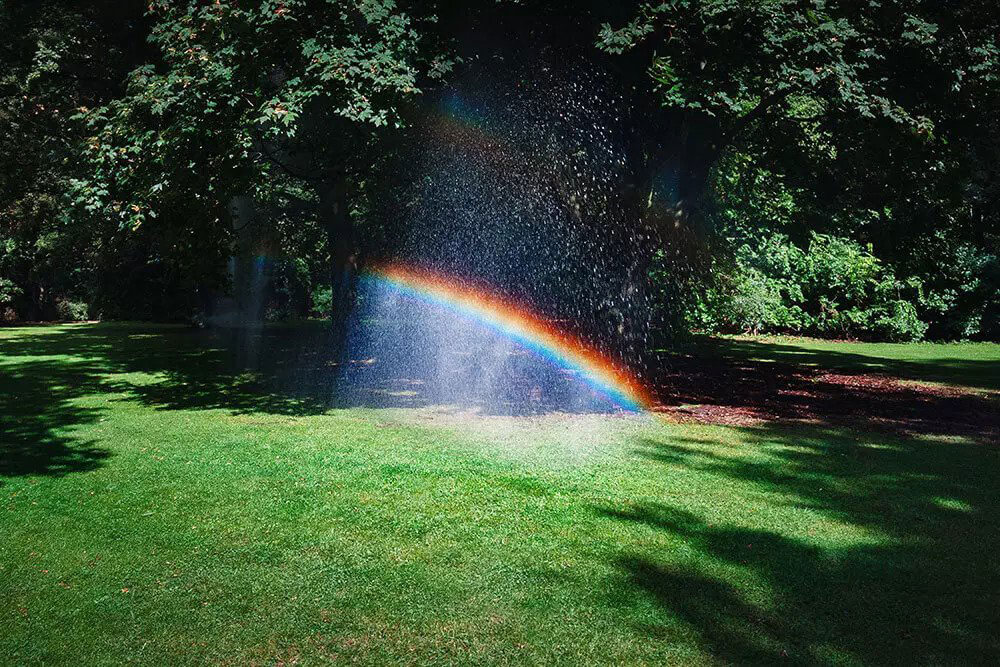Make Your Landscaping Work Renewable
In the pursuit of creating a greener planet, how you care for your landscape has never been more important.
While a neighborhood fall cleanup and regular recycling are great ways to care for the needs of the Earth, your landscaping services can also play an instrumental role in helping you foster the health of the planet.
When most people complete landscaping project, the natural reaction is to bag up clippings and trimmings and leave them out for yard waste services to pick up. What you may not have realized, however, is that the leftovers from your latest landscaping endeavor can actually be reused in important ways.
When you’re completing your next landscaping project or hiring lawn services, keep these things in mind as you consider how your landscaping clippings can be recycled and reused.
Different Types of Landscaping Waste
Tree Waste
In most circumstances, large tree branches cannot be simply disposed of after tree removal. One thing that tree waste can be exceptionally useful for, however, is mulch.
This does mean that you will need to ensure your tree removal services will also involve a tree chipper as well.
When you’re arranging for a tree to be removed from a space on your property, the chips from that tree can be used to help foster growth for new plants around that area or to help bolster the flourishing of plants already there.
Especially as fall and winter rolls around, tree waste can also make excellent kindling and firewood. Depending on local laws, if you don’t have a fireplace (or just have a lot more wood than you would need) you can also loan out free firewood to friends, or try to turn your tree care into a small profit by selling your excess firewood.
Lawn Waste
Much like tree trimmings, lawn waste can also make excellent mulch. As long as your haven’t been having significant lawn problems, reusing lawn clippings to better the plant life of your property couldn’t be easier.
Simply avoid the temptation to bag up your grass clippings!
In the summer, you may want to rake or brush clippings to the margins of your lawn so that you avoid unsightly sunspots in your grass, but capitalizing on the benefits of reusing grass clippings is a low-maintenance way to go green with your landscaping services.
Garden Waste
One of the most beneficial ways to reuse and recycle landscaping clippings is through saving your garden waste. Composting is certainly not a new idea, but you may not have realized just how tremendous the benefits can be.
Not only does composting on your own property help you to make use of fruit and vegetable scraps and avoid sending them to a landfill, it also deeply enriches soil with vital nutrients. Plus, according to the EPA, composting these organic materials can even help reduce methane emissions that would normally arise in landfills and reduce your carbon footprint overall.
As more and more data on the current state of the environment is revealed, conscientious citizens understand that it is more important than ever to carefully tend to the environment. One simple way to do that is through reusing and recycling the landscaping clippings you’d normally bag up and toss out.
An even simpler way to go green is by having your landscaping service provider do it for you. Make your life simple by contacting the experienced professionals at The Parke Company, who have the know-how to properly care for the aesthetic and environmental quality of your property. Our experts have the exact skills necessary to best fulfill your landscaping dreams without harming the planet.
Give us a call (615-350-6033) or contact us online today to see how The Parke Company difference can work for you.





